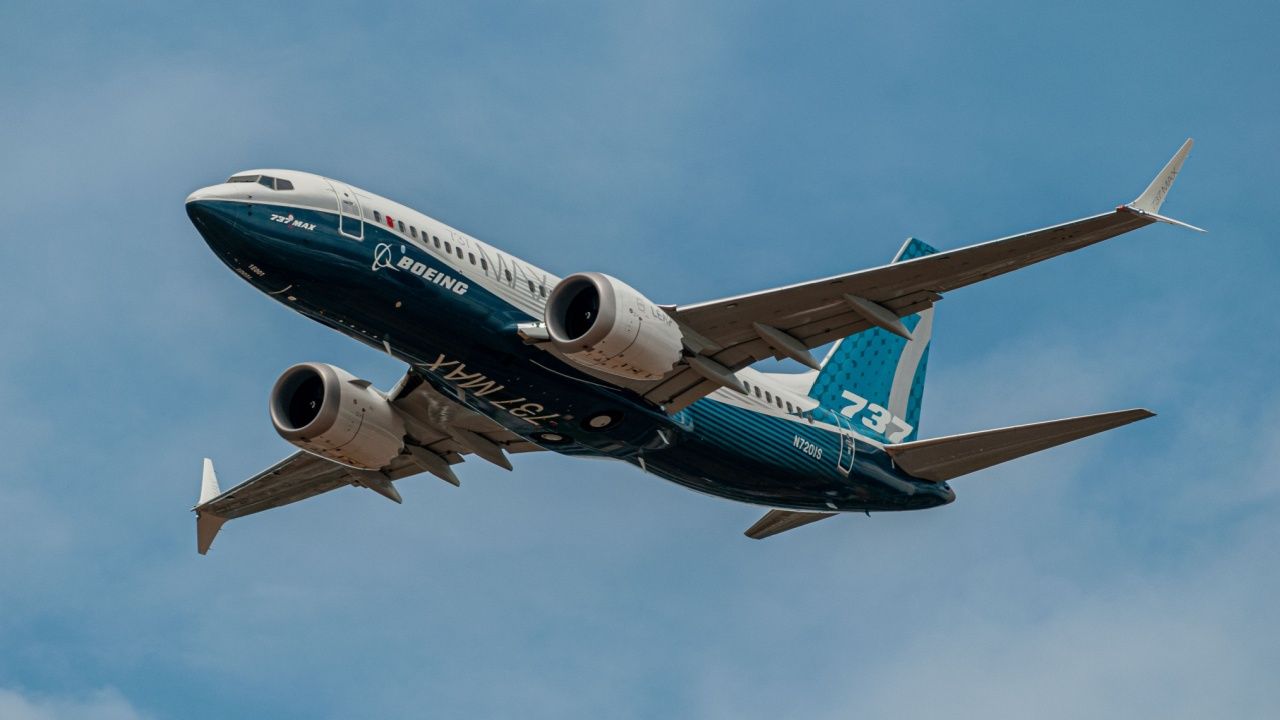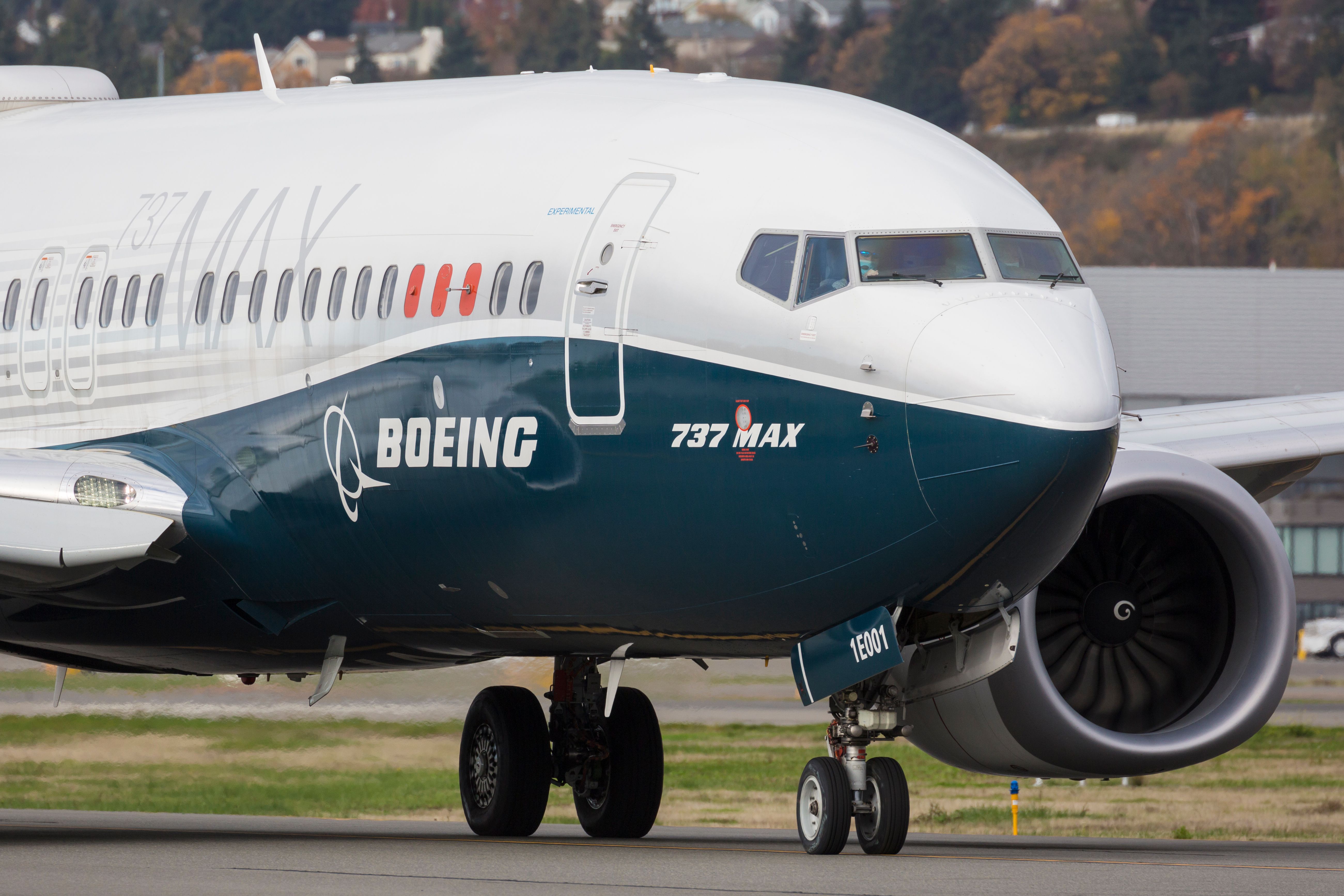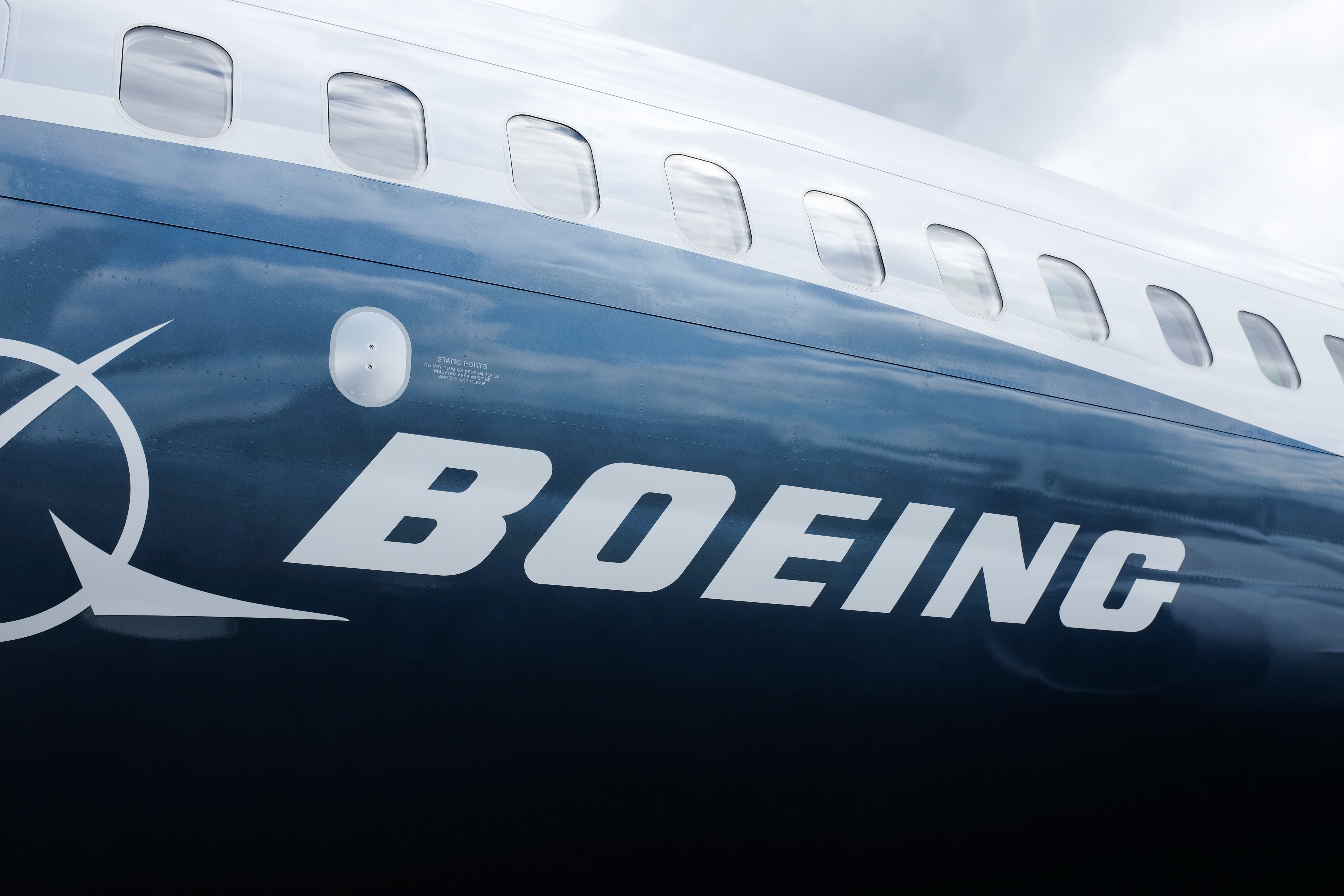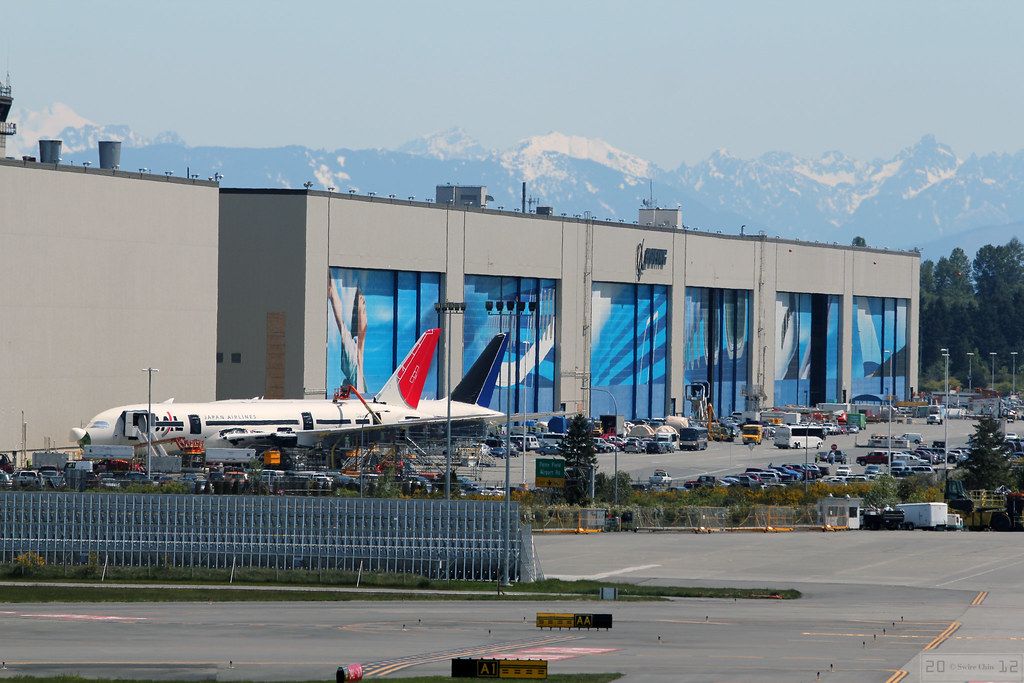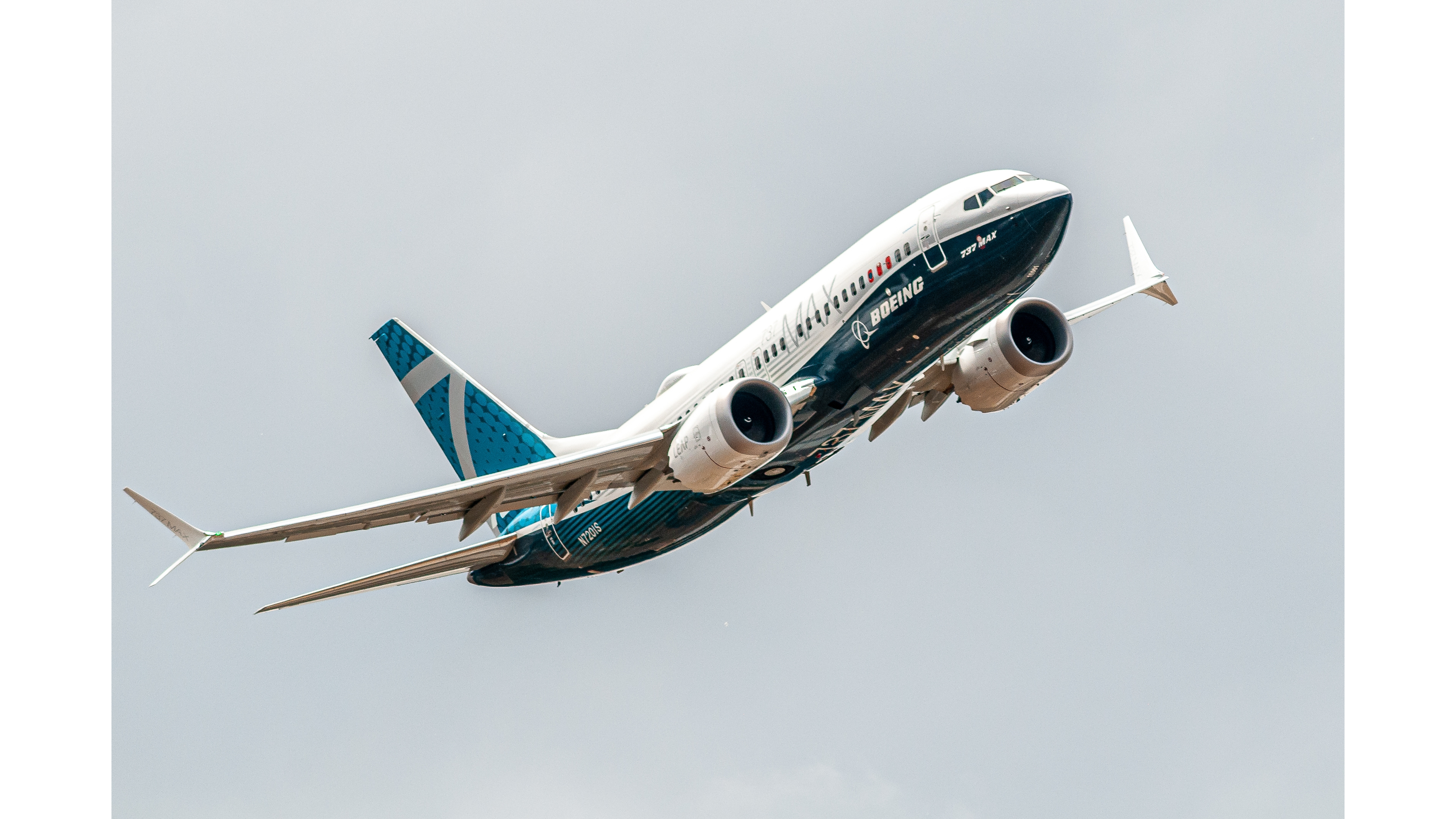Summary
- Boeing is addressing safety concerns through training, new systems, & increased engagement with operators.
- Boeing reports increased reporting channels but acknowledges that changing internal culture takes time.
- Boeing’s CASO report details efforts to enhance safety practices and collaborate with industry partners.
Boeing has just released its third annual Chief Aerospace Safety Officer Report (CASO Report) on its progress in strengthening product and aviation safety. The report comes soon after an FAA panel stated that Boeing’s safety culture is inadequate and confusing. Separately, Boeing has also sought to debunk whistleblower claims of safety risks on the 787 Dreamliner and 777.
Boeing is currently experiencing a crisis brought on by crashes and other failures with its once-heralded Boeing 737 MAX family. These high-profile incidents have triggered numerous safety allegations by whistleblowers and investigations by the FAA. Boeing is trying to set its once impressive safety reputation right. However, the accusations against Boeing continue to flow, including the accusation that the company bullied engineer Sam Salehpour for raising safety culture concerns.
Boeing’s New Chief Aerospace Safety Officer Report
According to a Boeing news release, the company is seeking to improve its safety culture and is working across the industry to reduce safety risks. Reuters reported in an article about the new CASO Report: “In February, an expert panel reviewing Boeing’s safety management processes had found a “disconnect” between the planemaker’s senior management and employees involved in its safety culture.”
Photo: BlueBarronPhoto | Shutterstock.com
The CASO Report summarizes Boeing’s changes to address recommendations by the Congressionally authorized and FAA-initiated expert panel and details the long-term actions and milestones Boeing has achieved over the last 12 months.
“We are entrusted with the safety of all those who fly on, use, operate and maintain our products. Our actions are focused on making further improvements to ensure safety, compliance and conformance of our products and services, without compromise.” – Mike Delaney, Boeing Chief Aerospace Safety Officer (Boeing News Release)
As an internal report, Boeing’s safety progress is somewhat self-laudatory and self-congratulatory. It should not be read as a third-party perspective into Boeing’s safety culture. Instead, it reads that Boeing is doing everything it can to improve and doesn’t appear to mention (or otherwise glosses over) its past mistakes. Separately, Bloomberg reports that Boeing is teaming up with the largest labor union and the FAA to review employee concerns.
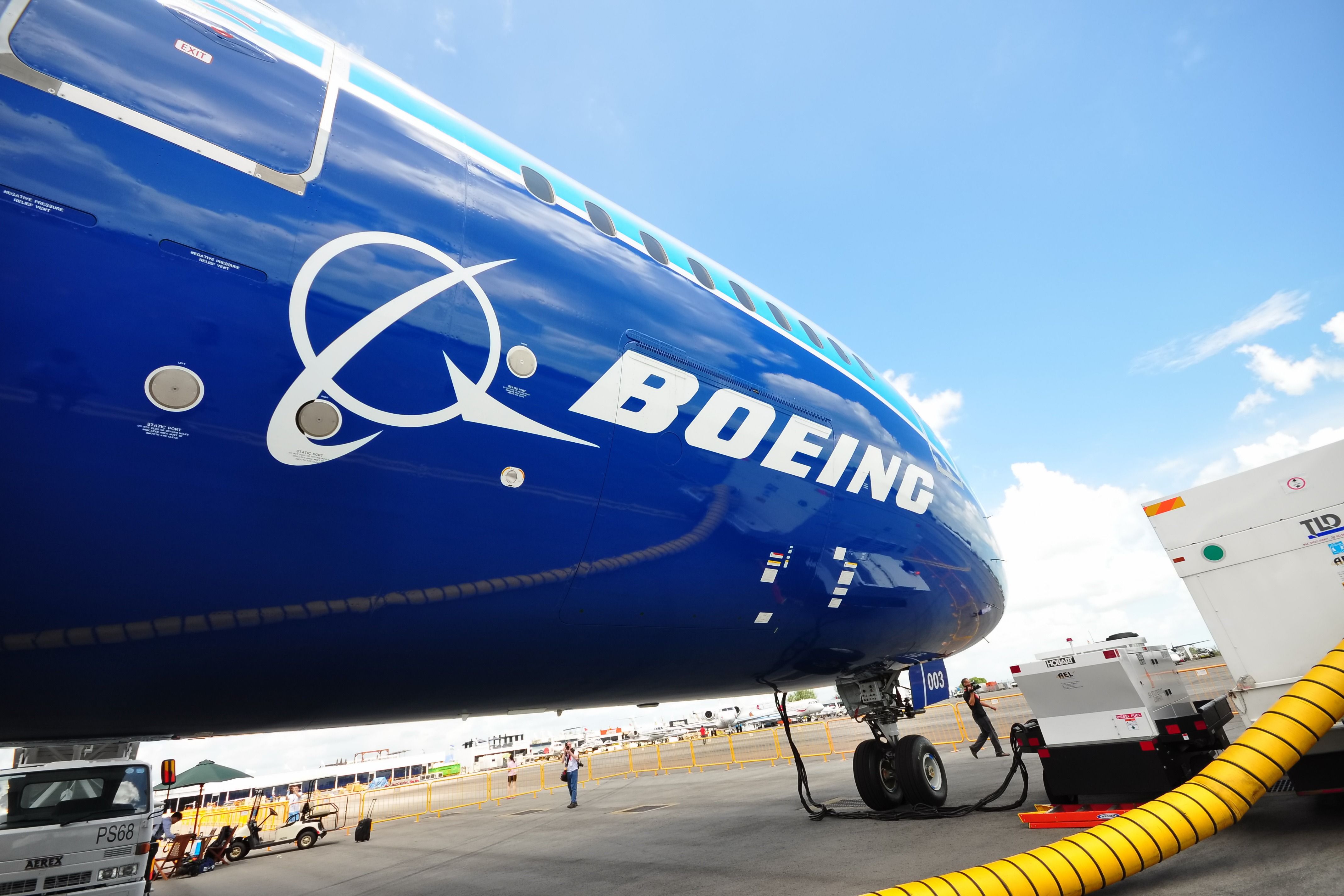
Related
Boeing’s Broken Safety Culture: 5 Key Insights From Senate 787 Dreamliner & B777 Whistleblower Hearing
Boeing’s safety culture is under the microscope.
Safety Culture
In the Safety Culture section of the report, Boeing claims to have redoubled its efforts to encourage employees to “raise concerns about product and services safety, quality, and compliance.” It states that this has resulted in an over 500% increase in Speak Up reporting channel submissions in the first two months of 2024 compared to the first two months of 2023. Boeing stated, “Increased reporting is a sign of progress toward a robust reporting culture.”
Photo: Trevor Mogg | Shutterstock
Boeing also remarked on its Safety Experience at Boeing, which was launched in 2023 as a digital learning platform for employees.
Boeing also launched “Just Culture Guiding Principles” in 2023 to supplement its “Just Culture Essentials” leadership training that had been introduced in 2021. The program aims to enable leaders and teams to “create an environment where employees feel safe and empowered to report errors…” Boeing says that over 160,000 employees have participated in the product safety training.
Safety Practices
Data collected from Boeing’s employees and production system, as well as operational data from external sources, are the driving forces behind Boeing’s safety management system. Boeing says its Safety Management Systems identify product safety hazards and mitigate risks. To enhance safety practices, Boeing established the business unit Safety Management System Boards to help identify, track, and mitigate risks in their areas of operation.
Boeing said it has also expanded external safety data sources and worked with the FAA’s Aircraft Certification Service (AIR) to develop machine-learning algorithms to identify emerging hazards and safety trends. Boeing states that the FAA and Boeing are sharing the machine learning algorithms through GitHub (an online platform for open-sourced projects).
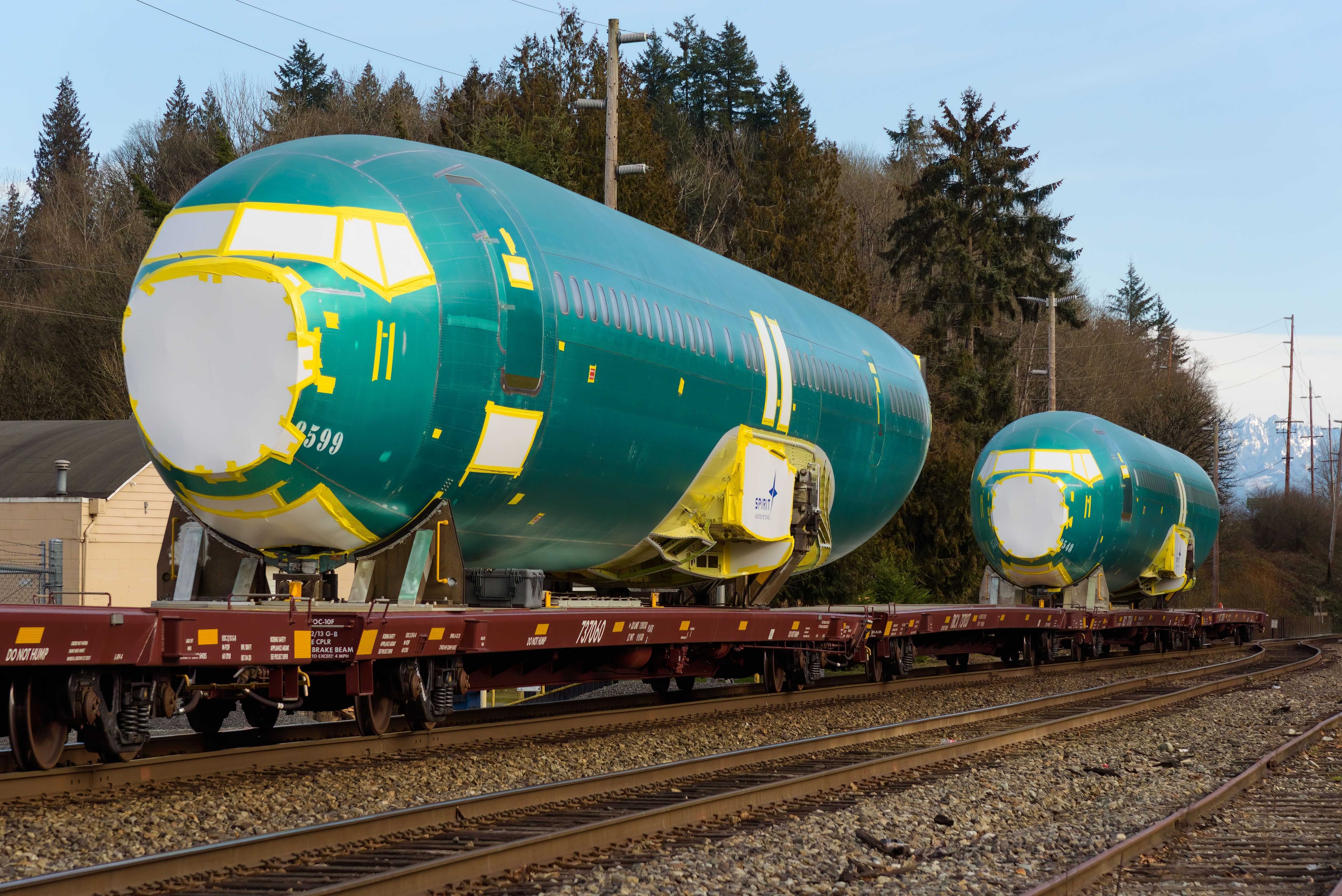
Related
Boeing Supplier Whistleblower Dies After Sudden Infection Takes Hold
The whistleblower previously worked at Spirit AeroSystems before he was let go from the Tier 1 Supplier.
Collaborating for a safer industry
The third section of the CASO Report, entitled “Collaborating for a safer industry,” states that Boeing has expanded its Competency-Based Training and assessment (CBTA) programs to five more airlines and nine customers. More CBTA courses for the Next-Generation 737, 737 MAX, and 787 were approved by regulatory agencies. It also deployed its Virtual Procedures Trainer to provide experiential training that complements current training programs. The Virtual Procedures Trains was extended to 16 customers.
Photo: Wirestock Creators / Shutterstock
Additionally, the report states that Boeing has more than doubled the engagements by Boeing Flight Operations Representatives with airline flight crews. Boeing claims to have engaged over 200 airline operators “...in supporting, developing and implementing comprehensive, integrated solutions that further strengthen the safety of the global air transportation system.”
The team now has over 140 “highly experienced professionals” who develop and strengthen Boeing’s relationships with operators worldwide. Boeing says this is not a one-way street as they send information back to Boeing with ideas and observations on how it can further enhance safety.
Just how much progress Boeing is making to enhance safety and enable employees to report problems remains to be seen. Boeing is a very large and complex company, and it takes a lot of effort and time for the internal cultures and systems of large companies to change.
The continuing repercussions of the crashes of the Boeing 737 MAXs with Lion Air Flight 610 in 2018 and Ethiopian Airlines Flight 302 in 2019, along with the Alaska Airlines door blowout in 2024, are likely to haunt Boeing for some time yet. Meanwhile, the Department of Justice is reportedly mulling over reopening a fraud prosecution into Boeing over the MAX crashes.

